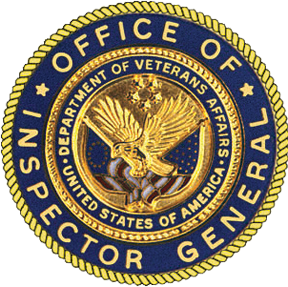Concerns Around Acute Ischemic Stroke Practice
Report Information
Summary
The VA Office of Inspector General (OIG) issued this preliminary result advisory memorandum to communicate a serious patient safety risk related to acute ischemic stroke (AIS) management at the Wm. Jennings Bryan Dorn VA Medical Center (facility) in Columbia, South Carolina. During a healthcare inspection, the OIG found that the facility’s AIS practices did not align with Veterans Health Administration (VHA) or facility policy, resulting in delays in diagnosis, evaluation, treatment, and disposition of patients with stroke symptoms. These concerns were shared with Veterans Integrated Service Network and facility leaders during a site visit on August 28, 2025, prompting immediate interim corrective actions.
To promote proactive risk mitigation across the enterprise, the OIG is broadly sharing this preliminary finding with other VHA facilities.
VHA Directive 1155(1) requires VA medical centers to maintain a protocol for emergent stroke management. The OIG found that the facility’s actual practices contradicted its own policy, which outlined a code stroke protocol, stroke team responsibilities, emergency department evaluation for all suspected AIS cases, and use of the VA National Telestroke Program. In practice, inpatient units lacked a stroke team or code stroke protocol, and patients were not transferred to the emergency department or evaluated by telestroke neurologists unless already in the emergency department.
The OIG observed a case in which intensive care unit staff failed to promptly respond to a suspected stroke, resulting in delayed imaging, neurology evaluation, and transfer to a community stroke center. The absence of a clear transfer protocol further hindered timely care.
During the site visit, the OIG advised facility leaders to take corrective actions by September 5, 2025. The facility has since developed a new standard operating procedure, initiated staff training, and plans to revise its policy. The OIG will continue monitoring progress and include full findings in the final report.
